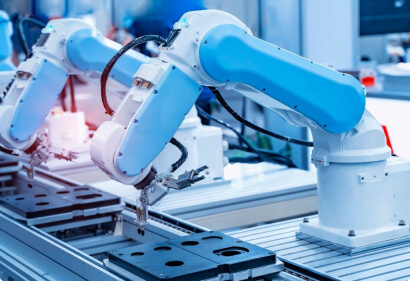Humanoid and Social Robots
Humanoid and social robots are AI-driven machines designed to mimic human behavior and interact with people in a natural way. These robots use natural language processing (NLP), facial recognition, and gesture interpretation to communicate and respond to human emotions.
One of the most well-known humanoid robots is Sophia, developed by Hanson Robotics, which can hold conversations and express emotions using AI-based speech processing. Similarly, robots like Pepper and Nao are widely used in customer service, education, and elderly care.
Social robots assist in various fields, such as therapy for autistic children, companionship for the elderly, and interactive learning for students. These robots analyze human emotions through facial expressions and tone of voice, adjusting their responses accordingly.
AI-powered humanoid robots are also being developed for human-like motion and dexterity, enabling them to perform household chores, assist in disaster response, and work in hazardous environments. Future advancements will allow these robots to further integrate into daily life, supporting various industries.
Interactive Chart: Adoption of Humanoid and Social Robots (2019-2025)
The following interactive chart shows the rise in adoption rates of humanoid and social robots in different industries.

